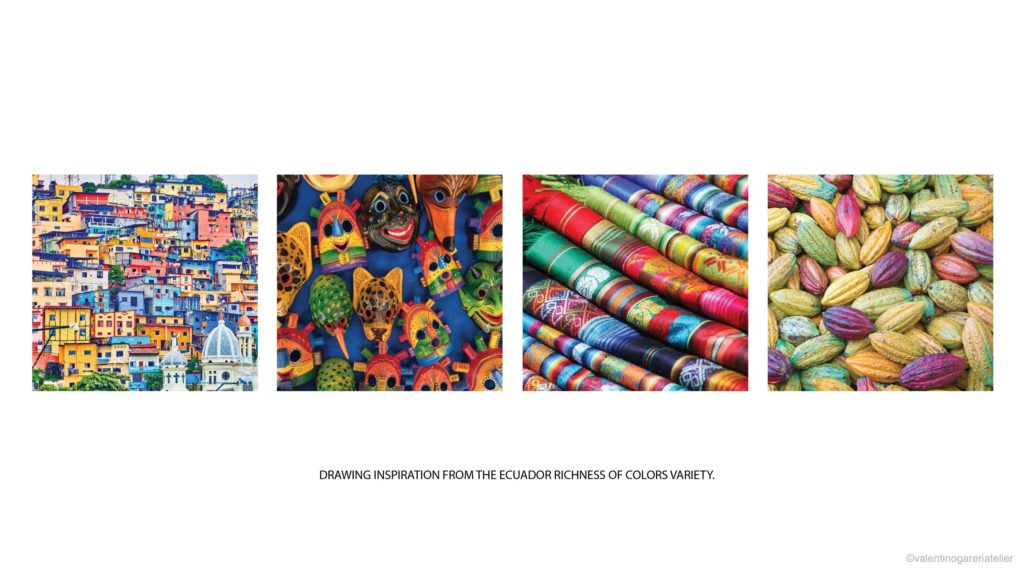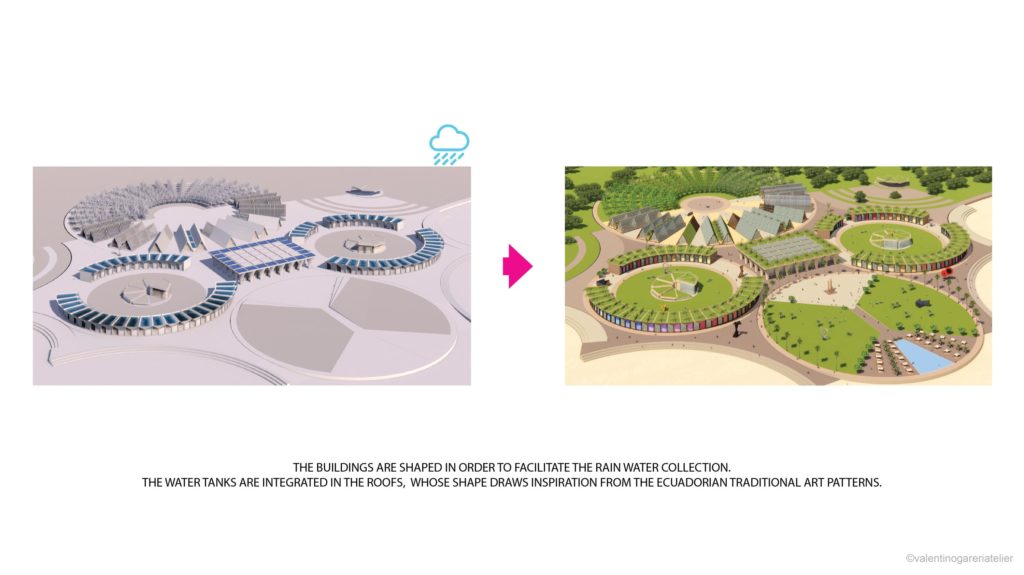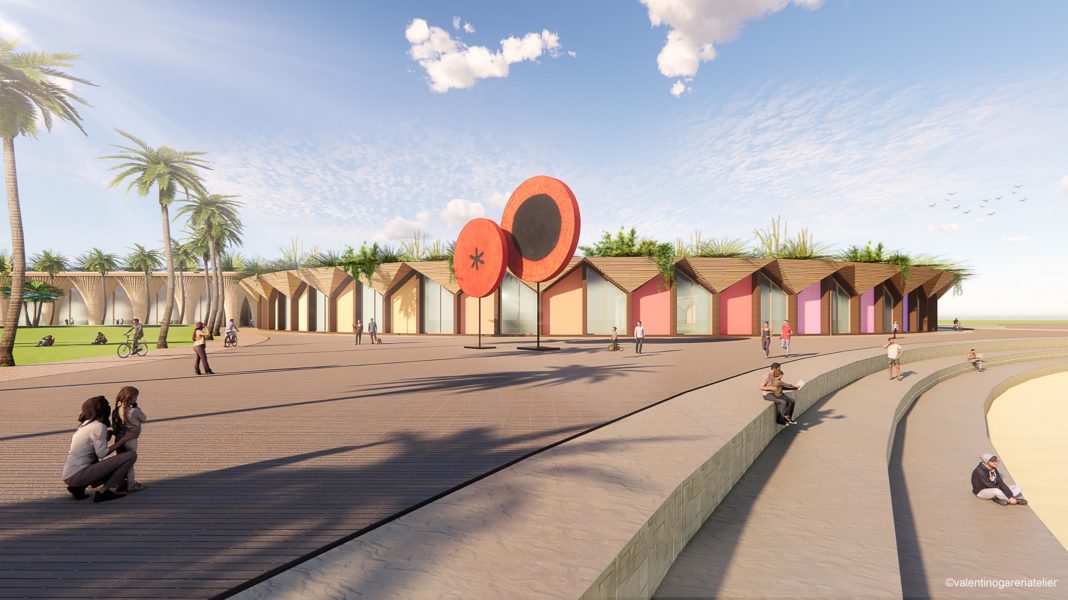The Cacao Ecovillage will be built in Pedernales, a county in the coastal province of Manabi, Ecuador, where the cacao farmers and families work and live.
Architectural firm Valentino Gareri Atelier announced the construction of a network of sustainable and smart villages. The project has been commissioned by Ecuadorian chocolate manufacturer MUZE Cacao and nonprofit organization Avanti; it is certainly the first to explore a carbon-neutral and innovation solution for circular economy in the cacao industry.
The project will be conducted in Ecudaor – precisely in Pedernales, a county in the coastal province of Manabi (Ecuador). This region is known for its unspoiled panoramic beaches with great year-long weather, archeology, folklore, and an outstanding culinary tradition. Once the project will be done, the sustainable and smart villages will be named Cacao Ecovillage. A name that echoes the importance of the raw material that will be used for the project, and that reminds the importance of cocoa for the country’s history and economy.
 Indeed, Ecuador is responsible for 70% of the world production of Cocoa. As you may imagine, this massive production also leads to a lot of waste that will constitute the backbone of the manufacturing process. This waste will be transformed into 3D printed structures made of cacao shell waste biofilaments. Other local materials will include bamboo and timber. Furthermore, Cacao Ecovillage will be energy self-sufficient village (rainwater collection and solar energy, natural ventilation) which highlights the sustainability principle of the architectural design behind Cacao Eco Village.
Indeed, Ecuador is responsible for 70% of the world production of Cocoa. As you may imagine, this massive production also leads to a lot of waste that will constitute the backbone of the manufacturing process. This waste will be transformed into 3D printed structures made of cacao shell waste biofilaments. Other local materials will include bamboo and timber. Furthermore, Cacao Ecovillage will be energy self-sufficient village (rainwater collection and solar energy, natural ventilation) which highlights the sustainability principle of the architectural design behind Cacao Eco Village.
The four other key principles focus on modularity, functionality, Tech enabled and connected.
This means, the project will be extendable, replicable and adaptable to different sites, dimensions and geometries. Furthermore, the village will operate as a cacao processing, chocolate factory, educational and research center, co-living, co-working and cultural reference point to the local community and a conscious tourism destination. The construction process will leverage blockchain, IOT, 3D printing and NFTs as main technologies. Last but not least, the village should be connected to the local community and traditions.
 “We have pushed the circular economy core principles so much that they informed the design philosophy of the entire project. The cacao waste, result of the chocolate production process, will be re-utilized for 3d-printing parts of the village. Waste is not only turned into a resource, but into architecture. In the not-too-distant future, we will be able to design buildings entirely made of natural materials and recycle them at the end of their life cycle in order either to create new ones, or to return them back to nature”, Valentino Gareri states.
“We have pushed the circular economy core principles so much that they informed the design philosophy of the entire project. The cacao waste, result of the chocolate production process, will be re-utilized for 3d-printing parts of the village. Waste is not only turned into a resource, but into architecture. In the not-too-distant future, we will be able to design buildings entirely made of natural materials and recycle them at the end of their life cycle in order either to create new ones, or to return them back to nature”, Valentino Gareri states.
Remember, you can post job opportunities in the AM Industry on 3D ADEPT Media free of charge or look for a job via our job board. Make sure to follow us on our social networks and subscribe to our weekly newsletter : Facebook, Twitter, LinkedIn & Instagram ! If you want to be featured in the next issue of our digital magazine or if you hear a story that needs to be heard, make sure you send it to contact@3dadept.com






